Charles V Palace
History, Art, & Architecture
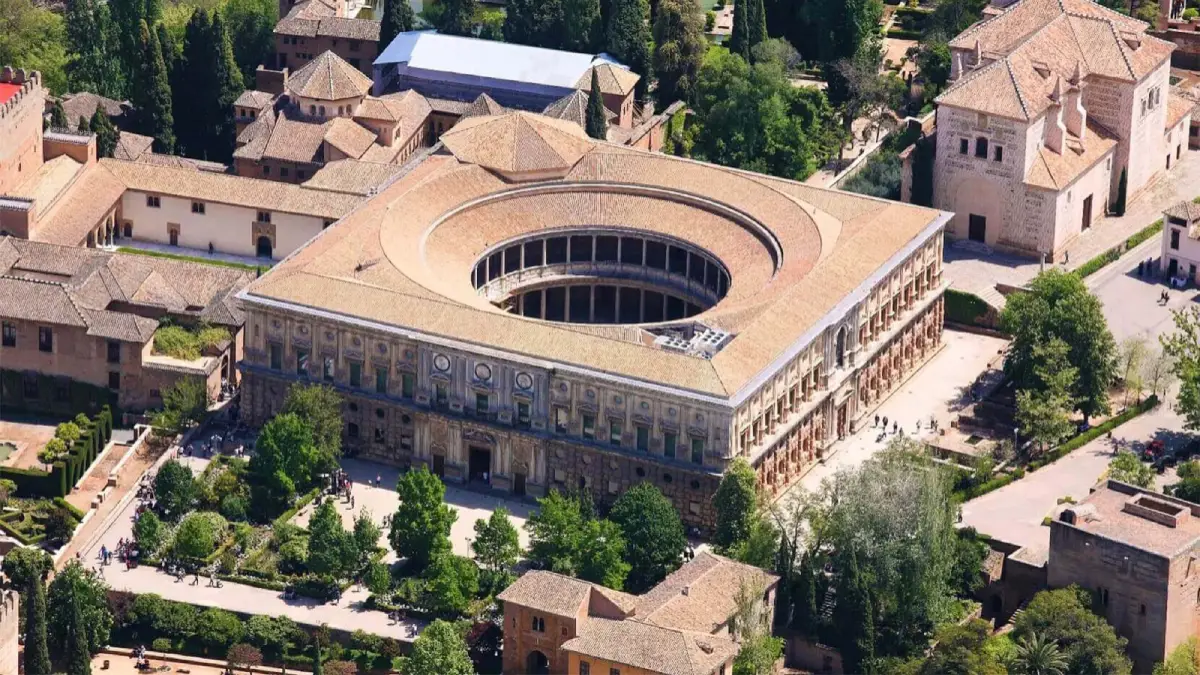
The Palace of Charles V (Palacio de Carlos V) is a stunning architectural masterpiece located within the Alhambra Castle in Granada.
Designed by Pedro Machuca, it symbolizes the transition from Moorish to Christian rule after the Reconquista.
Although construction was never completed, the palace’s square structure and circular courtyard were revolutionary for their time.
In this article, we’ll explore the rich history, architectural beauty, and artistic treasures of the Palace of Charles V.
The Alhambra Castle attracts over 2.6 million visitors annually, so booking in advance is a smart choice. The skip-the-line ticket is the most popular and budget-friendly option. For a deeper understanding of the palace, the guided tour offers expert insights, while the night tour provides a magical experience in a peaceful atmosphere.
History of Charles V Palace
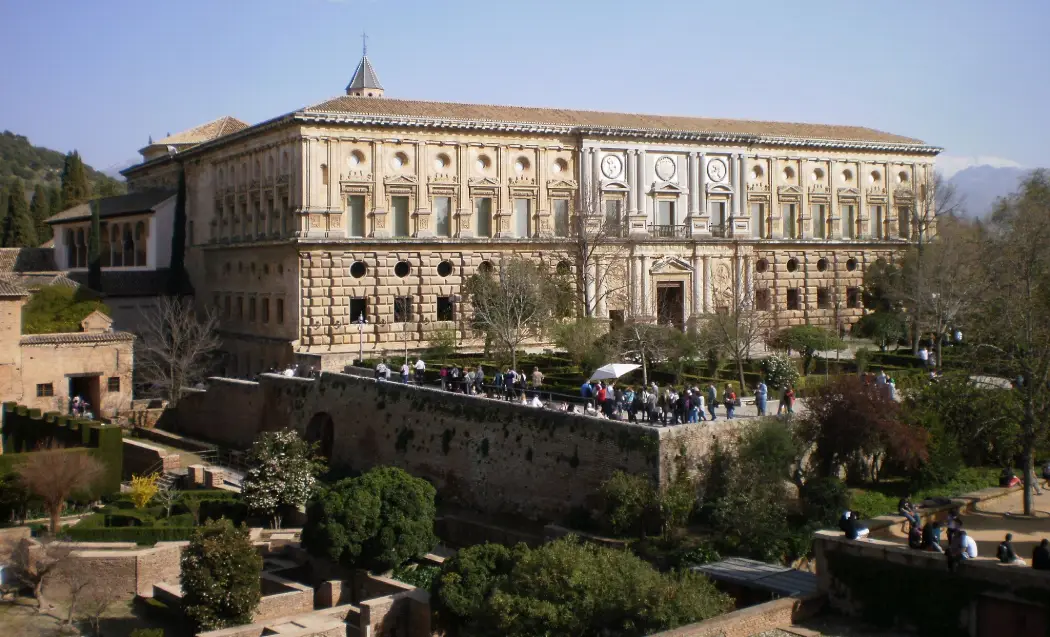
The Palace of Charles V was commissioned by Emperor Charles V in 1526 to provide a comfortable royal residence next to the Alhambra, as the old Nasrid palaces were beautiful but lacked the size and modernity he desired.
Construction began in 1527, introducing Renaissance architecture to Spain and symbolizing the transition from Islamic to Christian rule after the Reconquista.
However, the project faced significant delays due to financial issues, revolts, and political changes, leaving the palace incomplete and unused for many years.
It was only in the 20th century that the palace was restored and returned to its current state.
Inside the Palace of Charles V
The interior of the Palace of Charles V is as impressive as its exterior, showcasing a blend of Renaissance elegance and historical significance.
Circular Courtyard
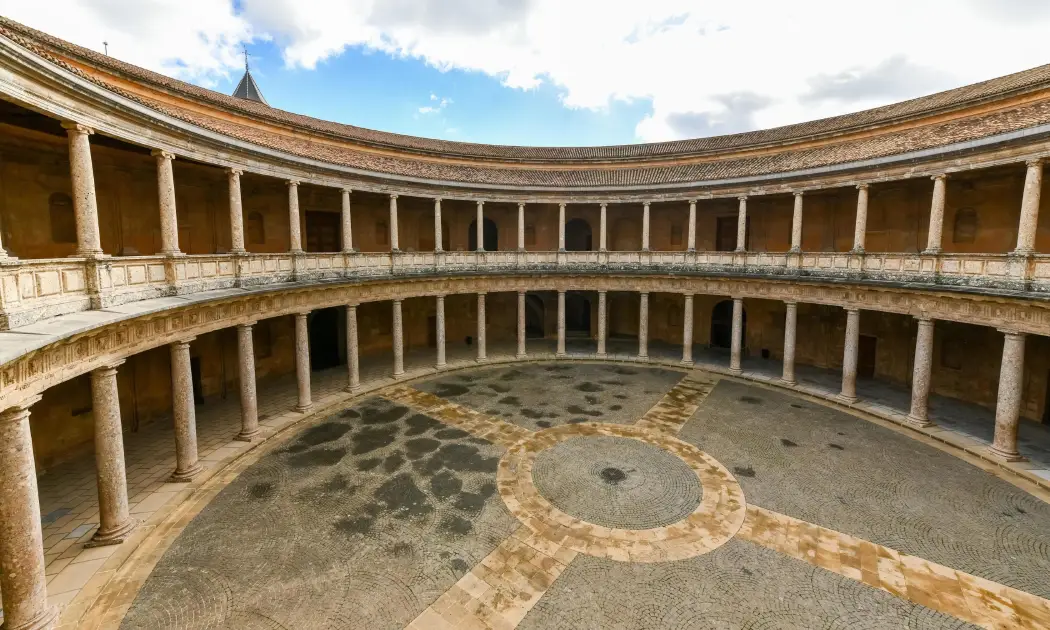
The circular courtyard is the highlight of the Charles V Palace and a rare example of Renaissance architecture in Spain. It measures 30 meters wide and features two floors:
- The lower floor follows the ‘Tuscan order’, known for its simple, strong columns.
- The upper floor is built in the ‘Ionic order’, with elegant pilasters and windows in a patterned sequence.
Designed to reflect harmony and classical ideals, this courtyard is the first of its kind in a European royal palace.
Today, it’s used for concerts and events, especially during the Granada Festival of Music and Dance.
Its open-air design and superb acoustics make it a dramatic and historic stage for performances.
Fine Arts Museum
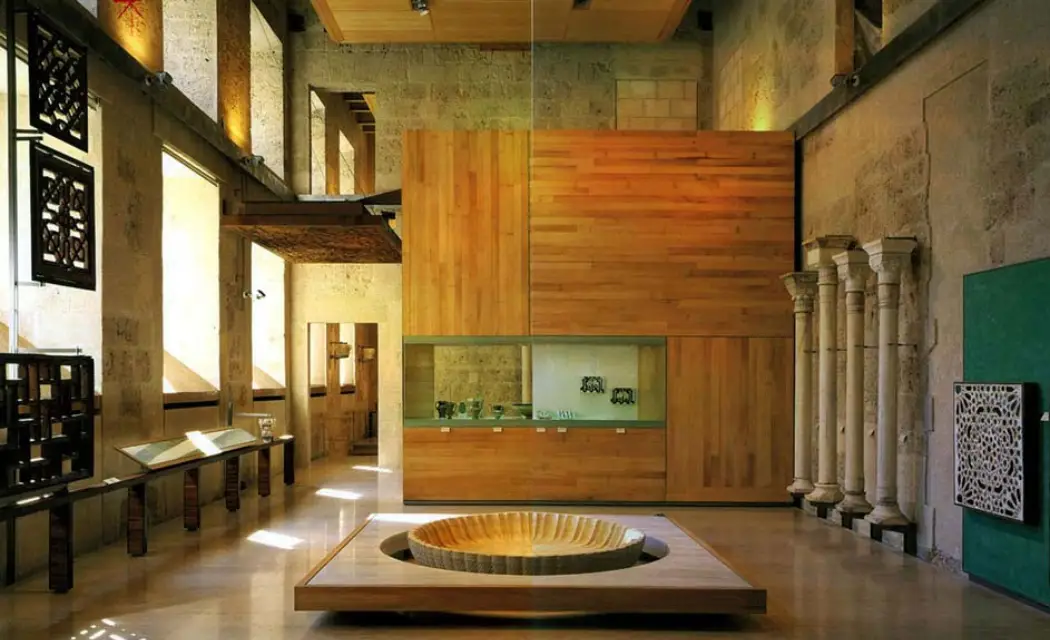
The Fine Arts Museum is on the upper floor of the Palace of Charles V and has been there since 1958.
It shows paintings and sculptures made in Granada from the 1500s to the 1900s. Most of the artworks came from churches and monasteries in the area.
Some of the main pieces include The Burial of Christ by Jacopo Torni, Thistle Still-Life by Juan Sánchez Cotán, a Limoges enamel artwork, and paintings by Manuel Ángeles Ortiz, a famous artist from the 20th century.
Alhambra Museum
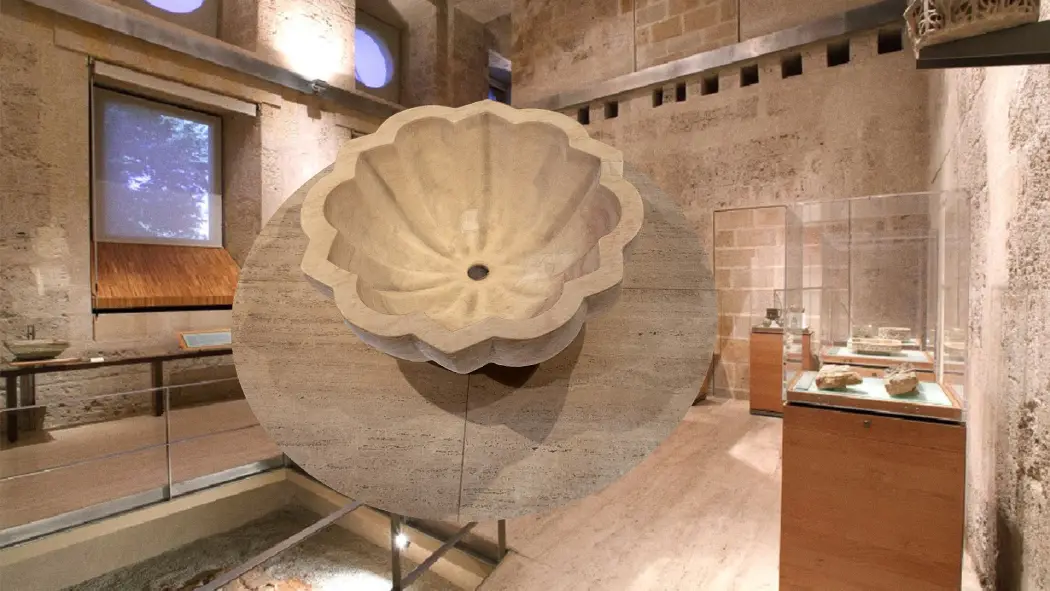
The Alhambra Museum is situated on the ground floor of the Palace of Charles V. It displays a rich collection of Islamic art and artifacts from the Alhambra and surrounding areas.
Key highlights include Nasrid-era decorations, marble fountains, ceramic tiles, and the renowned Vase of the Gazelles, a remarkable 14th-century ceramic piece.
It’s a great place to explore the history and craftsmanship of Islamic Granada.
Renaissance Art
Since the palace was commissioned during the Renaissance, you can find Renaissance-style art, including sculptures and paintings.
However, most of the pieces are part of rotating exhibitions rather than being permanently housed in the palace.
Some notable exhibitions have included works from Renaissance masters or other contemporary Spanish artists. This aligns with the Renaissance style of the palace.
Architecture: A Renaissance Mastery
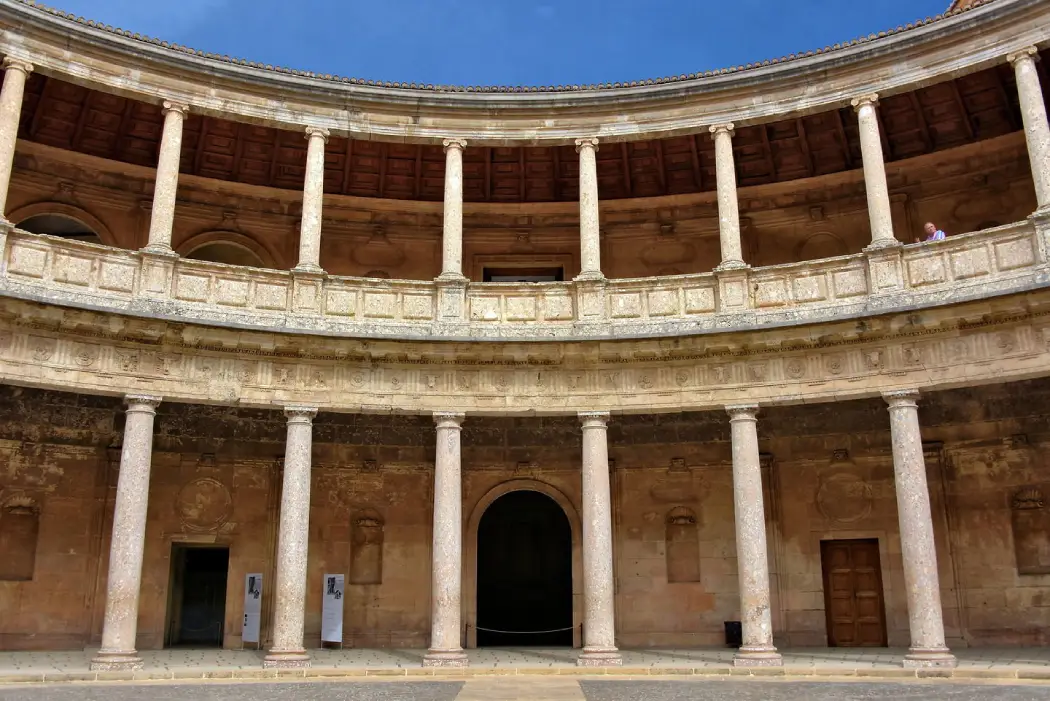
The Palace of Charles V is a stunning example of Renaissance architecture, contrasting with the Islamic architecture surrounding Alhambra.
It features a 63-meter square exterior, a 30-meter circular courtyard and is enclosed by a two-level portico supported by 32 Doric columns.
The facade features rusticated stonework, strong vertical lines, and large windows, bringing light into the interior. The design emphasizes symmetry and classical proportions, drawing inspiration from ancient Roman architecture.
Built from golden stone, it symbolizes the shift from Moorish to Christian rule. The palace’s geometric layout influenced later Mannerist architecture.
